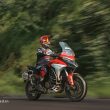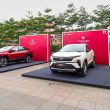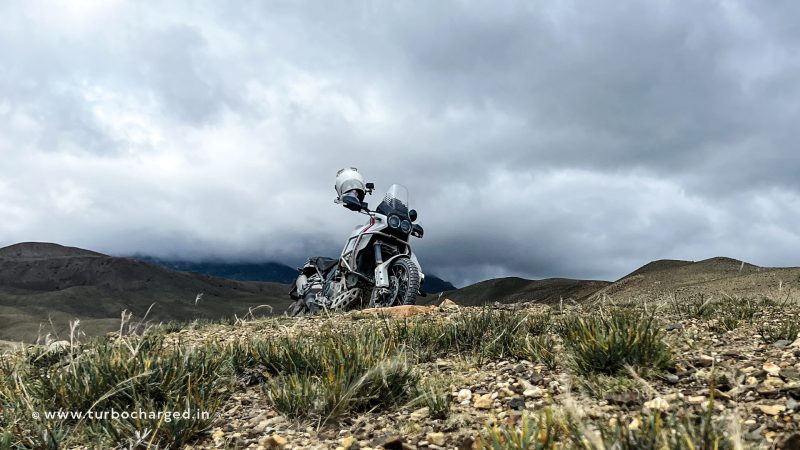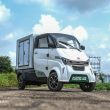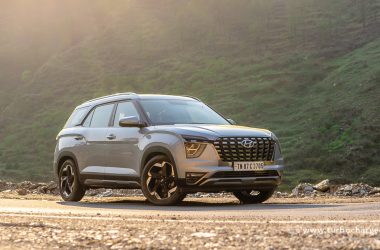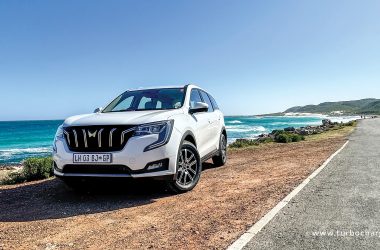If you have a motorcycle in your garage you must use it to its full ability. So for the new Ducati DesertX in my garage, adventures have been calling. The thing holding us back was the safety pack to be installed on it, so from the moment that was bolted on, I was just waiting to head out. The final straw was when my friend Praveer called. Praveer’s last bike was a KTM 390 Adventure, which I’d ridden and put through some real hard miles in Spiti last winter with Vijay Parmar (which Arjun Parmar wrote about in TURBOCHARGED) Praveer called and said, “Enough with work, I need a new bike and I need to ride.” A week later he had booked a brand new Triumph Tiger 900 Rally Pro with a wait of 10 days for delivery. He called again and said, “I need three days after delivery to wrap up work, finish the run-in and the first service and then where we ride is your problem.”
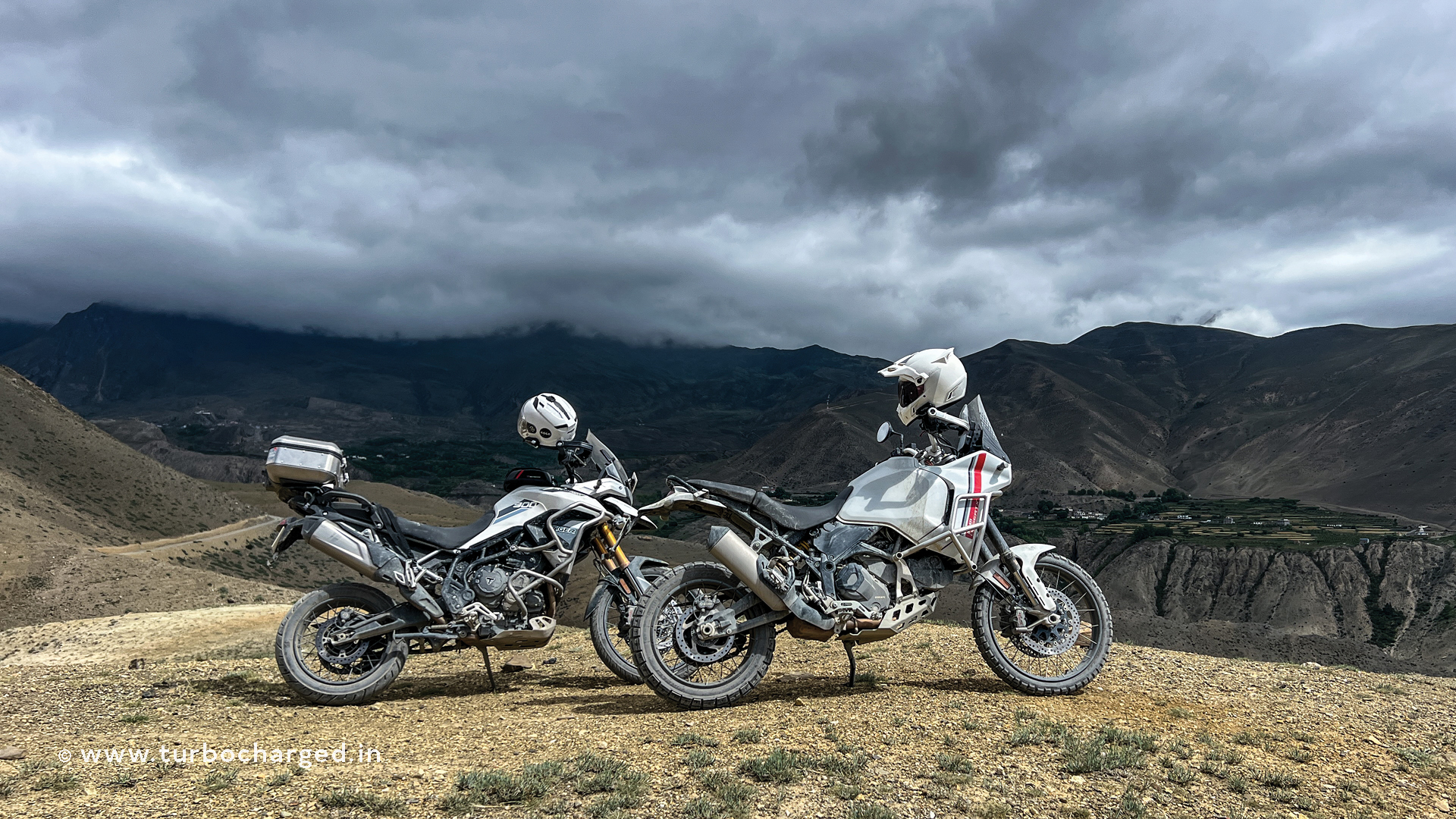
Now, with a date in hand, a plan began to form. We didn’t want to get stuck in the monsoon (in hindsight it was a brilliant plan), so I said we will go where the monsoon has not hit. Also, our plans were fluid so there were no bookings etc. The idea was we will choose a direction and just head out. So, after much deliberation and watching the rain (again, this is before all hell broke loose) we figured the monsoon was taking its time to reach Nepal so we will go there.
So there we were in the parking lot of my parent’s home in Chandigarh. Strapping down bags and running through the last lists of what we had left (we still ended up leaving some important stuff). Two new motorcycles and their eager riders, ready to head out looking for some adventures.
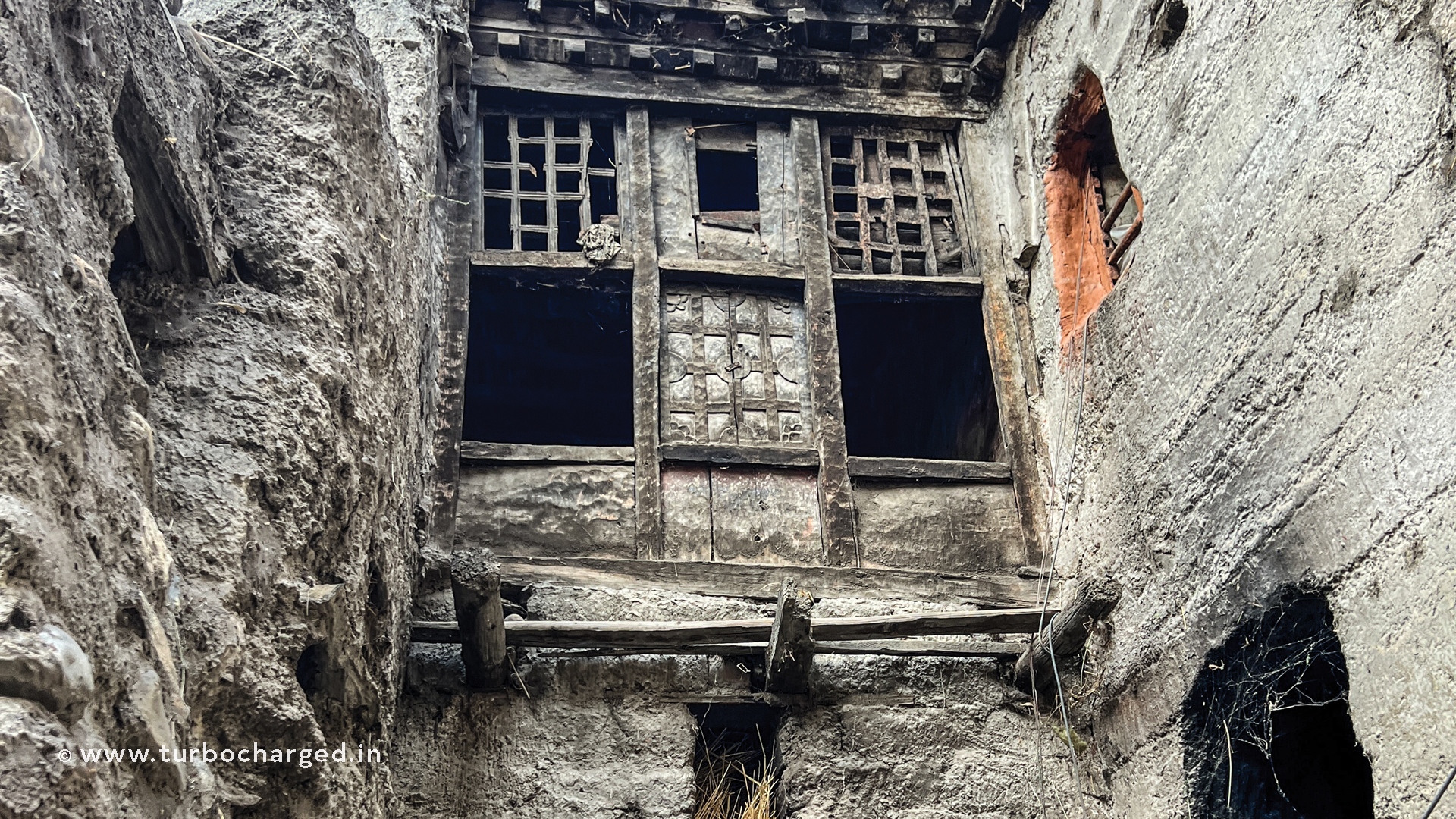
Adventure found us in less than 10 kilometres. The day’s plan was to make our way to Banbasa. It’s the Uttarakhand border crossing which I enjoy taking. It’s small and you have to cross a barrage and the only heavy traffic is passenger cars so it’s quite easy to cross. Even on the Nepal side, it doesn’t take much to get the Bhansar (Nepali document you need to ride your bike in the country). So once we planned the route, we figured we would ride around Saharanpur, Roorkee, turn off at Haridwar and make our way to Rudrapur and then onwards to Banbasa.
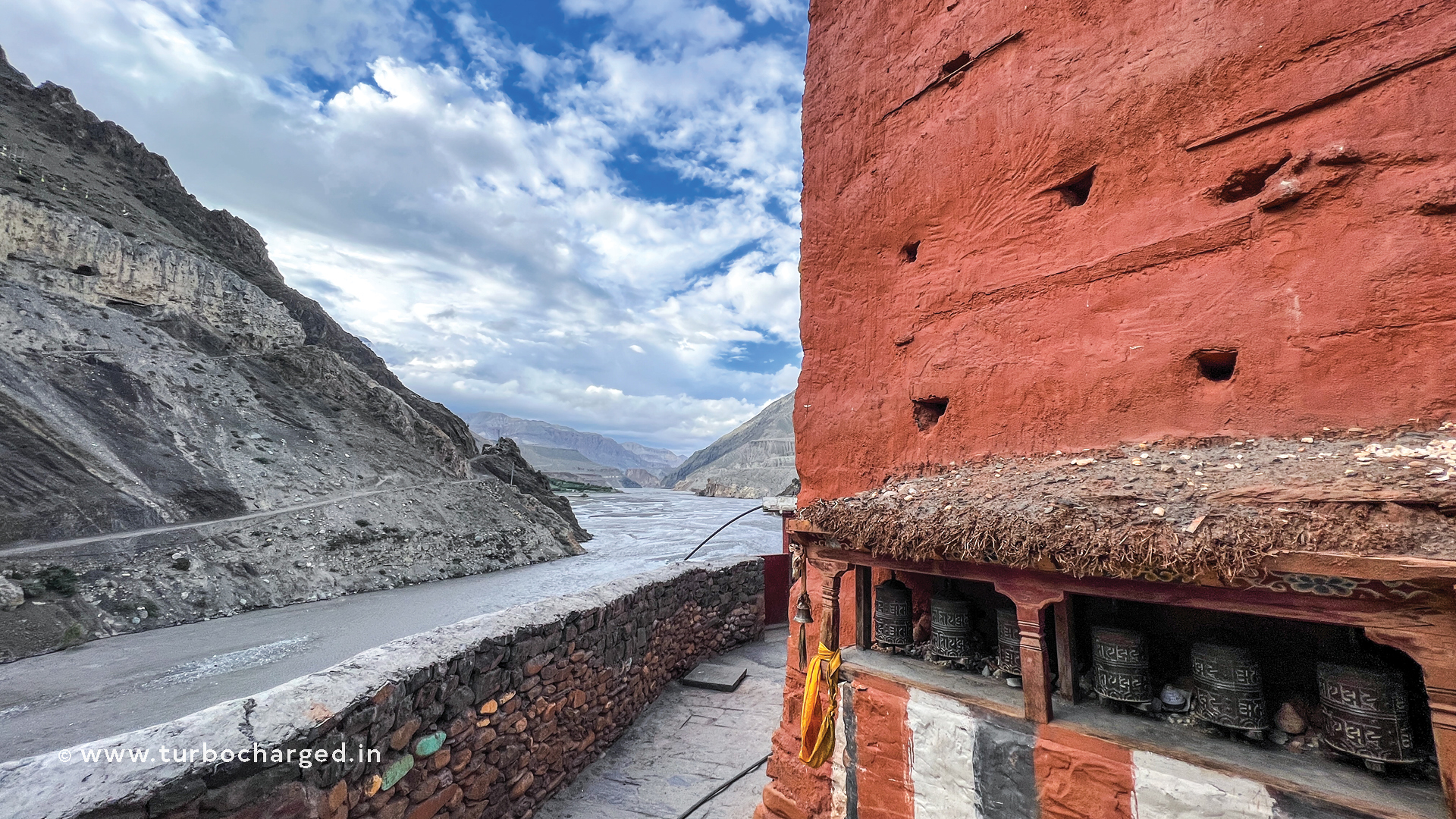
As we passed Panchkula and found ourselves on the highway, adventure found us. The clouds got darker and we could see rain in the distance, moving towards us fast. As the optimistic motorcyclists that we were, we looked at each other shrugged our shoulders and said, “Maybe when it gets stronger we will stop and get into our rain gear.” It didn’t take the rain long to catch on and we were on the side of the road moments later, scrambling in heavy rain, looking for our rain kit. On a side note, here is a learning: I had a brand new kit I was wearing from Klim, and with it, I had procured a new rain kit that would match my new Klim suit as well as fit over it well. So once I received the entire kit, like any sane person, I tried it all on, posed, took pictures, posted them on Instagram and felt very pleased. Except that, I never tried on the rain gear. So back to the highway – here I was pulling out a kit with tags on it, trying to figure out how to put it on most efficiently (it took me a few days to work it out to an art form) so as I hobbled around getting into the rain gear, Praveer laughed, looking at me. Geared up and dry-ish we decided to carry on (I mean, we had done 10km). So we rode – in blinding rain, on empty roads, with sheets of water falling from the skies that were just standing on the highways and not draining off. For two hours we rode like that before we stopped to wring ourselves dry and grab a hot chai and a few paranthas.
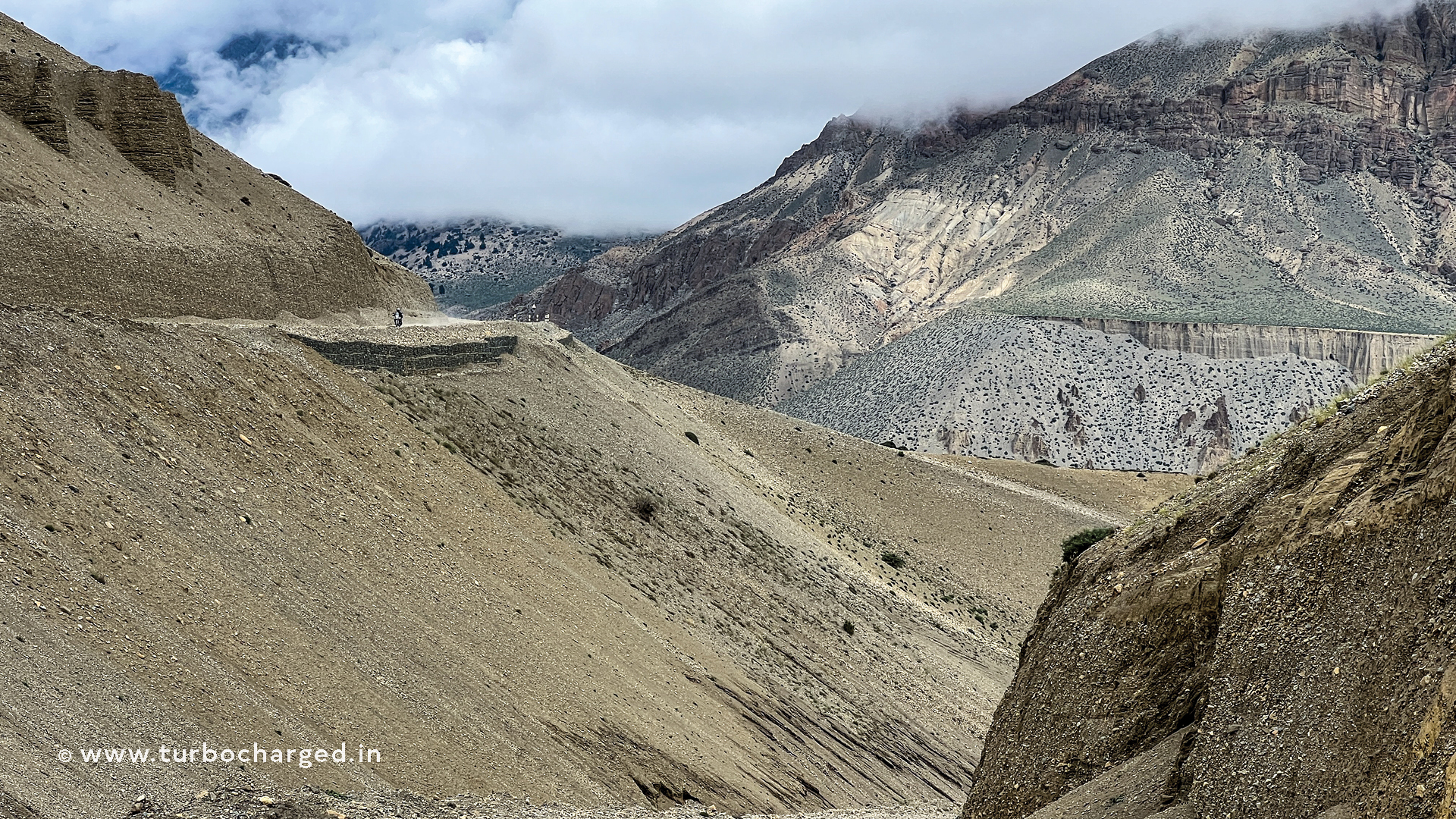
This didn’t get any better till much later in the day after about 250km when suddenly it was not raining and the sky was blue in like a blink. This is what it was like till we reached our friend’s home in Banbasa. What we didn’t know at the time was we had just set the tempo for the whole journey. As the northern parts of India took a lashing from the rain, whatever was in the fringes seemed to be following us, so every day we would play the game of deciding if we would wear our rain kit or stop on the side to get the rain kit on because we chose wrong.
Now, I am not going to bore you with the intricacies of the ride from the Banbasa to Pokhara and the one day we had to wait in Pokhara for our permits to be issued and sent from Kathmandu. Let’s get straight to the reason we rode all the way.
The Road to Lo Manthang
The first time I did this road was a few years ago on 410cc motorcycles and it was an experience of a lifetime. We rode through deep mud, long, fast flowing and deep river crossings (I use the word river crossing because unlike a water crossing here we were in the river bed looking for places to cross the river to find the trail and carry on!). Once the 60km climb from the last check post started, it took us two days of riding to complete 60km. It was a playground of rocks, silt, sand, steps cut into mountains and all of this on a steep incline. I have returned to do this trip a few times and the roads have become better (in comparison and much wider after the COVID-19 pandemic — obviously, some people spent their time wisely while the rest of us were locked away).
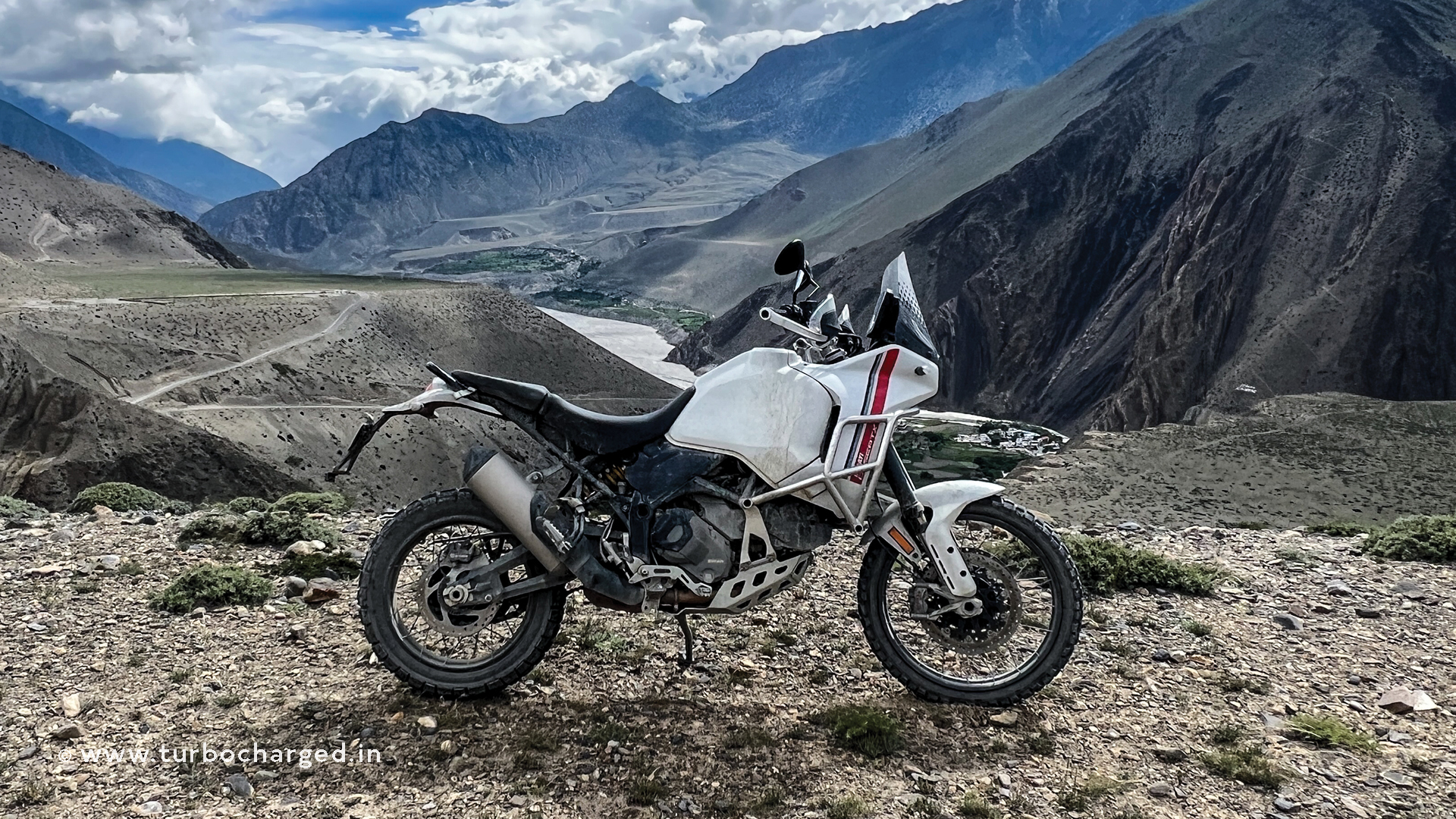
Don’t get me wrong, it may sound like the adventure has gone away as the infrastructure has gotten better, but actually what has happened is, because you can get to places faster you can explore them and spend more time while you are there. That’s exactly the case when you ride to the Mustang Valley in Nepal. Both in Upper and Lower Mustang there is so much to do and see on and off the bike. Let’s talk about on the bike — the route itself is challenging. It’s very muddy in spots and wet for the first bit as you leave the highway. With a mixture of construction and deep crossings, there is quite a bit of sludge to deal with in the beginning. Then after Beni, the little bit of tarmac disappears and the roads are hard-packed mud and rocks. So that means any water crossing that overflows you can expect lots of mud on both banks before tackling the fast-moving, shin-deep, long streams of water. Parts of the road that don’t see much sunlight stay wet and are always a new challenge. Till Kalopani it’s more muddy as you are still in the greener bits of this ride. Riding on the bank of the Kali Gandaki river you start to climb up before Kalopani and then from there, the valley opens up as you make it to Jomsom and suddenly the greenery melts away into the starkness of the rain shadow areas.
From Jomsom, the ride follows the river in a wide valley that cuts through this vast, stark, barren landscape. The road is wide, hard-packed mud with rocks strewn over it. It’s the only road here so the heavy rain has flattened and compacted the rocks but the trail is still quite wild and you need to find a path that works for you.
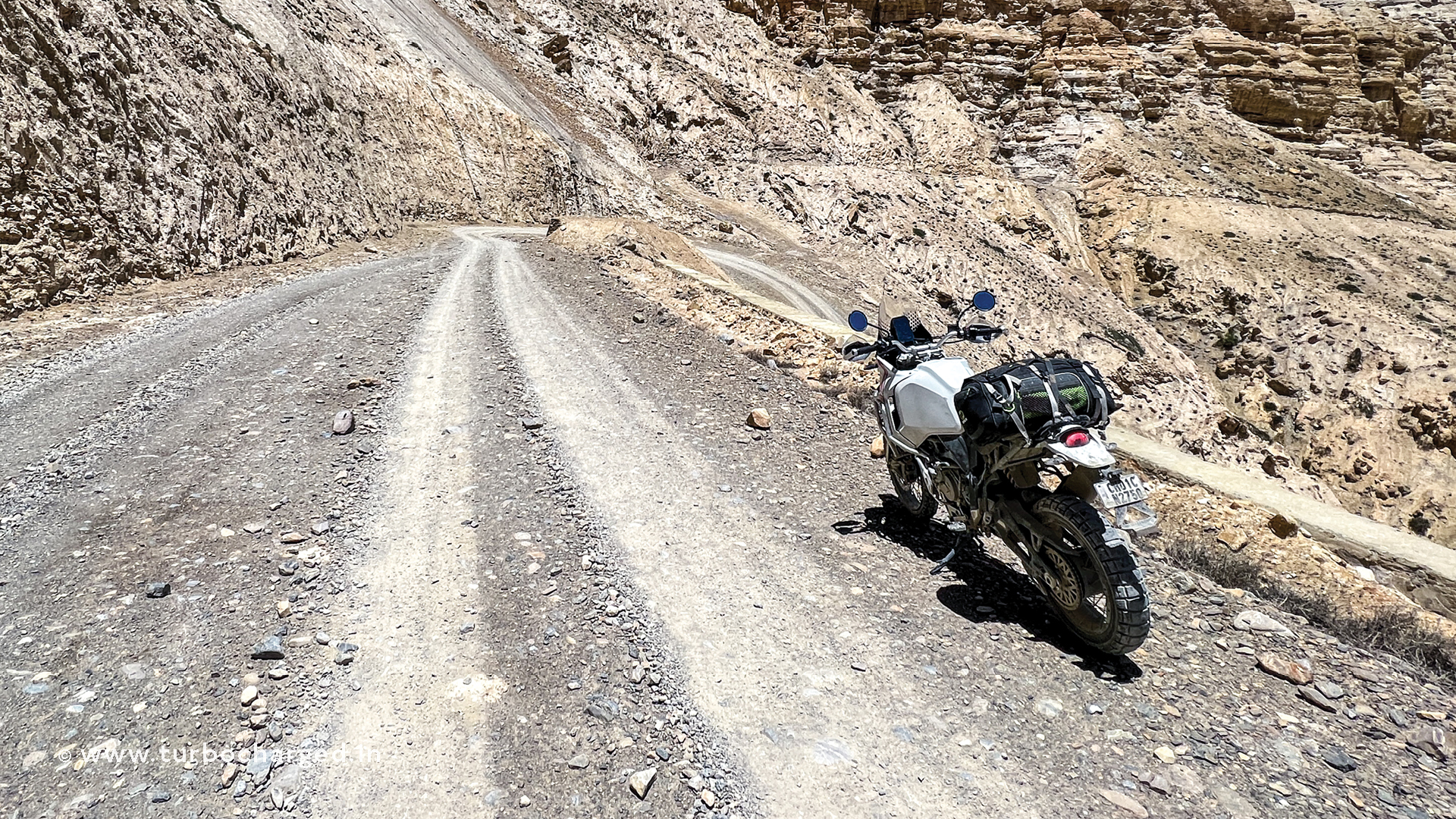
After Kagbeni and from the final check post the road begins to climb the 60km to Lo Manthang. Kagbeni is 3,000m above sea level and Lo is about 4,000m, sitting under the Tibetan plateau. As you start to climb, the views become amazing. On a clear day, you can see the Annapurnas (we didn’t see them we only saw clouds that seemed to be draping them the whole time). It’s hard to describe as you go deeper towards Lo, on the right you see just ranges and ranges of mountains at what seems to be at the same level as you, but you are still climbing and the peaks are even higher on your left. Mustang just feels vast. Also, we saw no other traffic except maybe one truck lumbering along and a handful of people in the few villages you pass. Due to the new roads and construction, you get to Lo in good time but also miss a chance to stop and go a bit off the track to explore.
There are a few villages that house some very old Monasteries, Mani walls and Gompas dating back to the 13th or 14th century. So once done riding, there is still much to do in this region. Every village is steeped in history and the locals are very happy to sit over an apple cider or a ginger lemon tea and tell you stories and folklore from the surrounding areas. If one must add a ride to the so-called bucket list, this for sure is one of them. It’s a place that still feels untouched by the madness we all subscribe to at home. Of course, there is 4G the whole way and you can be on FaceTime with family and friends all the way. Yet, there is something still very magical about coming here.
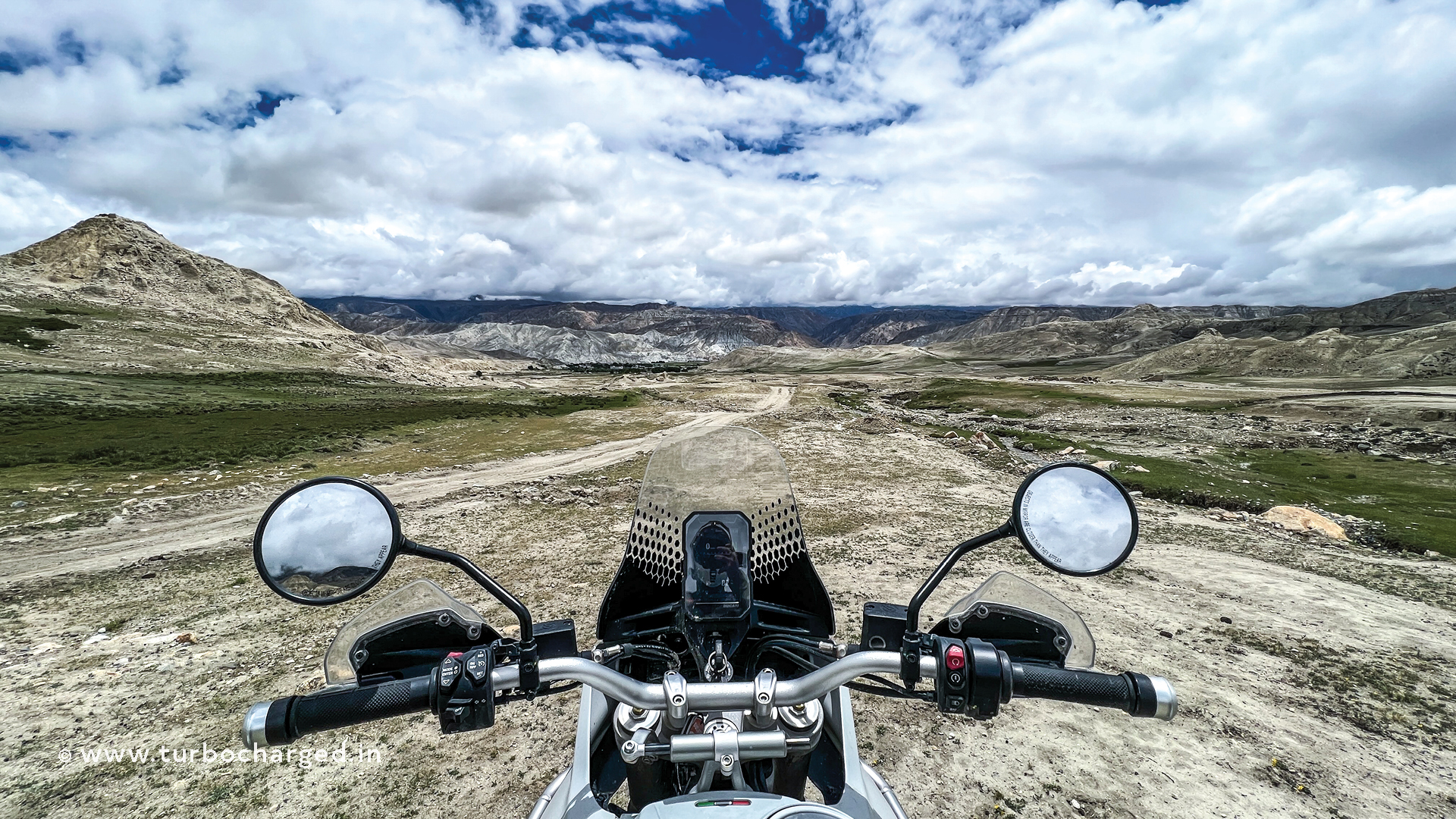
This was my third visit to Mustang and my first ever on a bike I own. The Ducati is destined to visit places like these under my ownership because it’s only when I am in places like Mustang can I totally justify its ownership. If you get a chance to ride to Upper Mustang you must, to experience it for what it is. Sit with the locals, eat their food, chat with them, drink tea and stare out into the vastness. As you can see, there are many things I have not spoken about because I feel you need to come and see and experience them for yourself, because that’s what completes the adventure!
The permit to Upper Mustang
There are two permits you require to get yourself to Upper Mustang. One is for the Annapurna zone which is an easy enough one and is not very expensive but the other one which is for you to enter Upper Mustang is $500 (roughly `41,000) – valid for 10 days. I have always had a friend get it issued for me in Kathmandu and air freighted to Pokhara for me to pick up. Also, you require a guide to accompany you once you cross into Upper Mustang. Our guide was someone I knew who was driving some clients up so we just piggybacked on him.


